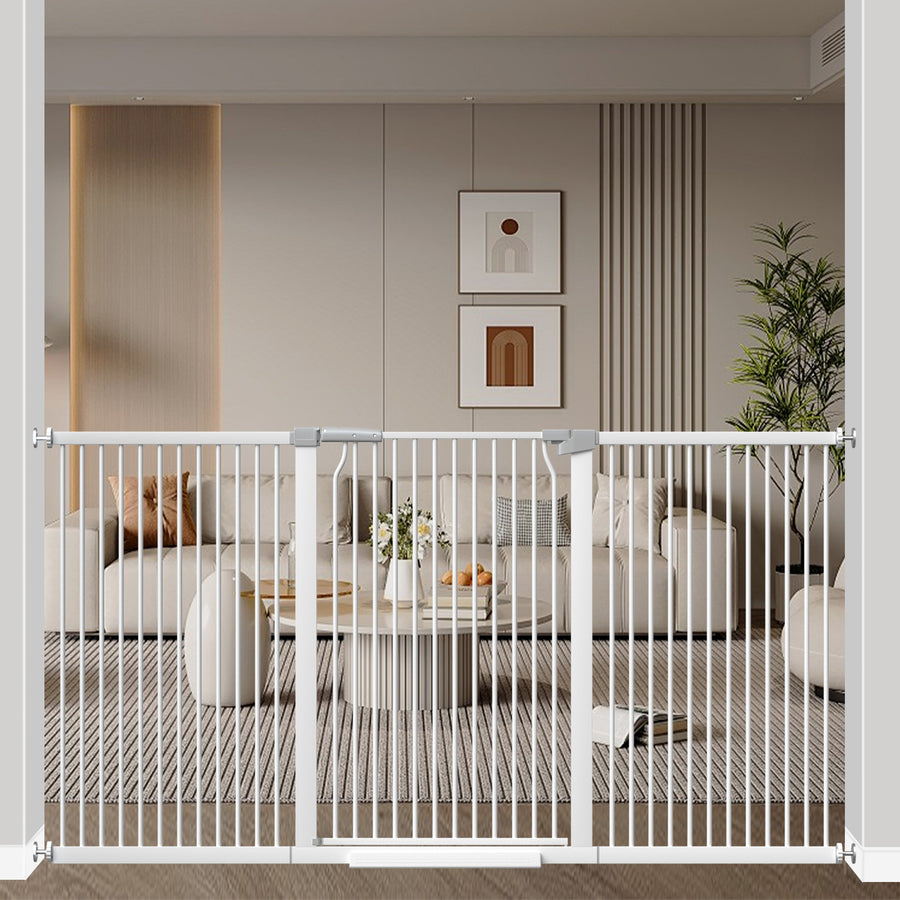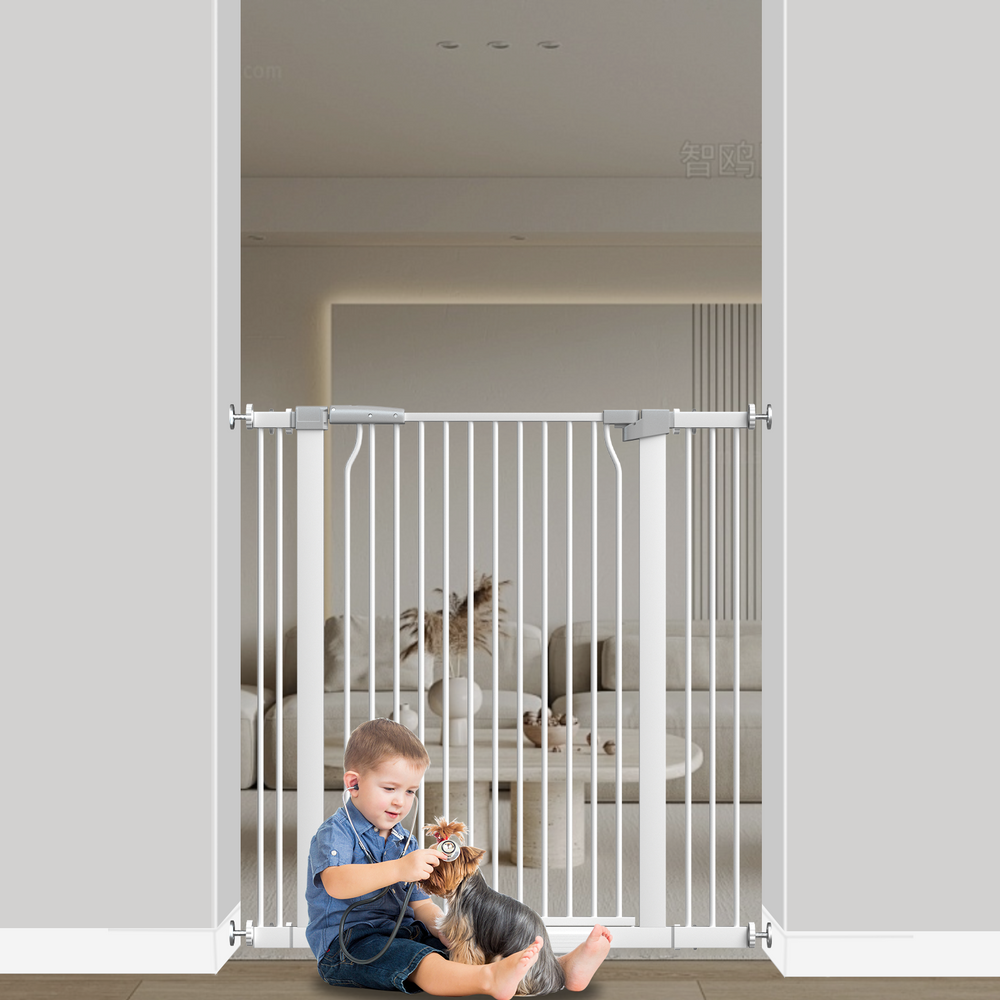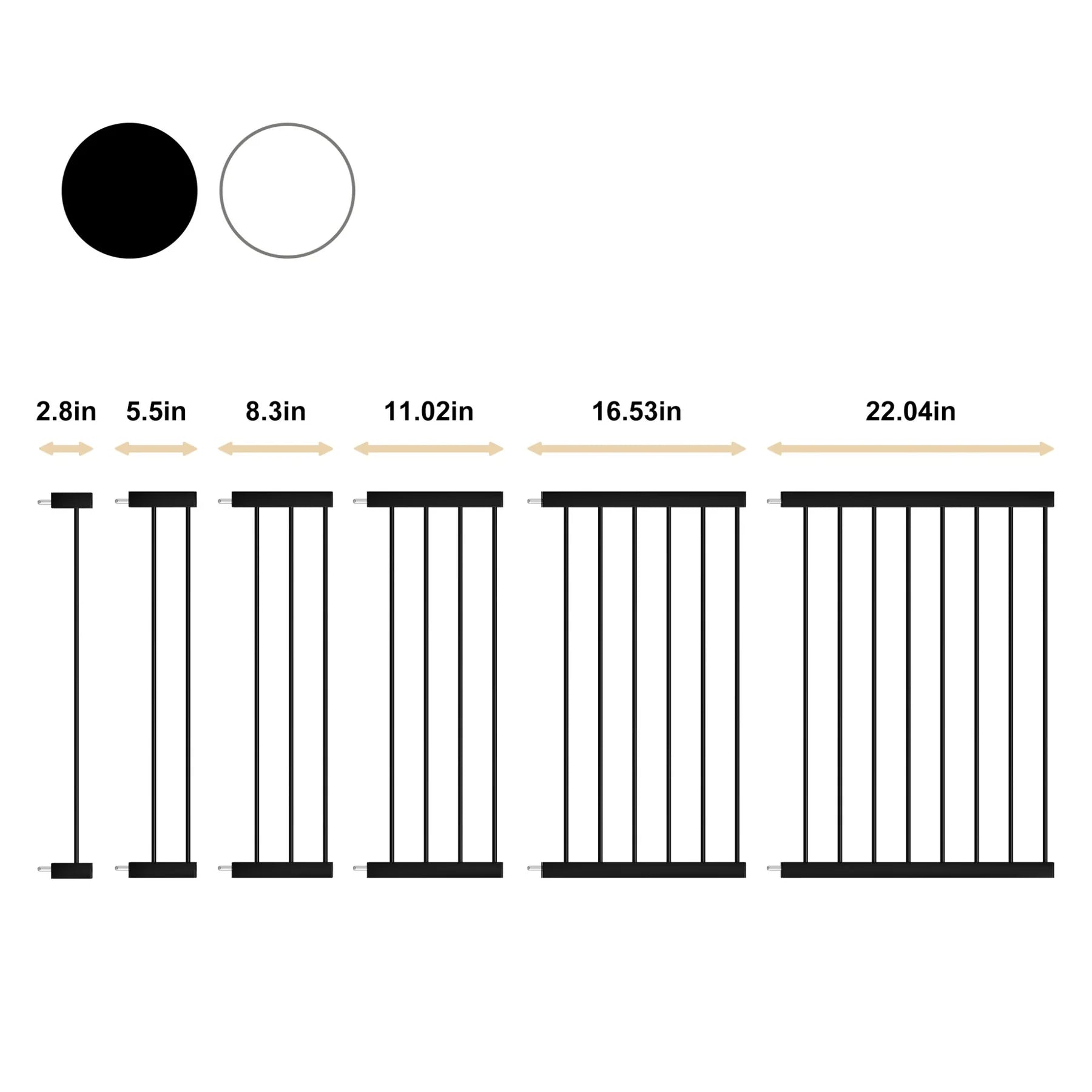Essential Safety Tips for Baby Swimming and Water Play to Ensure Fun and Protection
Creating A Safe Water Environment
It's super important to make sure the water environment is safe for your baby. We're not just talking about swimming pools, but also bathtubs, water tables, and even buckets of water. A safe environment is the first step in preventing accidents. Babies can drown in very little water, so constant supervision and preventative measures are key.
Choosing The Right Pool
If you're using a pool, think about what kind of pool is best. A small, shallow kiddie pool might be better than a big one, at least to start. Make sure the pool is on a level surface to prevent tipping. If you have an in-ground pool, it needs to be completely fenced off with a self-latching gate. Check the pool safety guidelines to make sure you're up to code.
Supervision Is Key
Never, ever leave a baby unattended near water, not even for a second. Drowning can happen quickly and silently. It doesn't matter if you think your baby can swim a little; constant, focused attention is a must. Designate a "water watcher" during parties or gatherings, and make sure that person isn't distracted by their phone or conversations. If you need to step away, take the baby with you.
Temperature Check
Babies can get cold very quickly, so the water temperature is important. Too cold, and they'll get uncomfortable and could even become hypothermic. Too hot, and it's obviously dangerous. Aim for a water temperature that's comfortable for you; if it feels too cold or too hot to you, it definitely will for your baby. A good range is usually between 85°F and 90°F (29°C and 32°C). Consider using a water thermometer to be sure.
Creating safe environments for children to play in and around water is the first step in protecting them from drowning. Always be vigilant and prepared.
Engaging In Water Sensory Play
Water sensory play is awesome for babies! It's a great way to stimulate their senses and help them develop important skills. Plus, it's just plain fun! I remember when my little one first discovered water play – the fascination was endless. Just be sure to keep a close eye and use safe materials.
Water Tables And Basins
Water tables and basins are perfect for sensory play. You don't need anything fancy – a simple plastic tub works great. Fill it with a few inches of water and add some interesting items for your baby to explore.
- Sponges: Different sizes and textures.
- Cups: For pouring and filling.
- Rubber ducks: Because who doesn't love a rubber ducky?
Safe Accessories
Safety first! Make sure all toys and accessories are baby-safe. Avoid anything with small parts that could be a choking hazard. Check the labels and make sure everything is non-toxic. You can find great pool safety resources online.
- Soft, pliable toys are best.
- Avoid anything with sharp edges.
- Regularly inspect toys for damage.
Interactive Play
Get involved! Show your baby how to pour water from one container to another, squeeze sponges, and splash gently. This kind of interaction is great for their cognitive development and fine motor skills. It's also a great bonding experience. Don't forget to check for water safety at home.
Water play is not just about fun; it's a learning experience. It helps babies understand cause and effect, develop their hand-eye coordination, and explore different textures and sensations. It's a simple yet powerful way to support their development.
Introducing Babies To Swimming

Swimming with your baby? It's a fantastic way to bond and get them comfortable in the water early on. Just remember, safety first!
Baby Swimming Classes
Look into local baby swim classes. These classes are designed to introduce babies to the water in a safe, structured environment with trained instructors. It's a great way to get started and learn the ropes from professionals. Plus, it's a fun social activity for both you and your little one.
Gradual Introduction
Start slow. Don't just plop your baby in the pool! Gently splash water on their body first, then gradually move into the pool. Hold your baby close and maintain eye contact to help them feel secure. This helps them adjust to the water temperature and the feeling of being in the pool. Make it a positive experience, and they'll be more likely to enjoy it.
Swim Diapers And Gear
Swim diapers are a must to avoid any accidents in the pool. Trust me, you don't want to deal with that mess! Also, consider baby wetsuits or rash guards for added warmth and protection, especially if the pool water is a bit chilly. These swim diapers and wetsuits can make the experience much more comfortable for your baby.
Always hold your baby securely in the water. Never leave your baby unattended, even for a moment. Familiarize yourself with infant CPR in case of emergencies. It's better to be prepared than to be caught off guard. Knowing CPR could save a life.
Essential Pool Safety Measures
Pool Fences
Okay, so you've got a pool. Awesome! But let's talk fences. A good pool fence is like a superhero against accidental dips. It needs to be at least four feet tall, so little climbers can't scale it. The gate? It needs to be self-closing and self-latching. Seriously, test that latch. Make sure it latches. Think of it as the first line of defense. You can find detailed guidelines on pool fencing online.
Alarms And Safety Devices
Alarms are your backup singers. Door alarms that blare when someone sneaks into the pool area? Yes, please. Pool alarms that go off when the water's disturbed? Double yes. They aren't a replacement for watching your kids like a hawk, but they give you a heads-up when your attention is elsewhere. Think of them as extra eyes and ears. Also, don't forget about pool covers! A good, sturdy safety cover can prevent accidental falls when the pool isn't in use.
Emergency Preparedness
Okay, let's be real. Accidents happen. That's why you need to be ready. Here's the deal:
- CPR Training: Get certified in infant and child CPR. Seriously, do it. It's a skill that could save a life. Refresh your knowledge regularly.
- Emergency Contacts: Keep a list of emergency numbers near the pool. Fire, police, poison control – have them handy. Program them into your phone too.
- Rescue Gear: Have a life preserver, a reaching pole, and a first-aid kit poolside. Make sure everyone knows where they are and how to use them.
It's not enough to just have the gear. You need to know how to use it. Take a class. Practice. Make sure everyone in the family knows what to do in an emergency. It's like a fire drill, but for the pool.
Practicing Touch Supervision
Okay, so you're at the pool or the beach, and your baby is splashing around. Sounds idyllic, right? But this is where things get serious. It's not enough to just be there; you need to be actively supervising, and that means touch supervision. This isn't about hovering anxiously; it's about being close enough to react instantly. Think of it as being their personal lifeguard, always ready to scoop them up if needed.
Keeping Within Arm's Reach
Seriously, this is non-negotiable. Your baby should always be within arm's reach when they're in or near water. It doesn't matter if they're in a shallow kiddie pool or the ocean; arms-reach supervision is key. This allows you to react immediately if they slip, get water in their face, or just seem uncomfortable. It's about preventing a small issue from becoming a big problem in seconds. I know it sounds intense, but those seconds count.
Eliminating Distractions
Put the phone down. Seriously. I know it's tempting to scroll through Instagram or answer emails, but those few seconds of distraction can be disastrous. Designate a 'water watcher' – someone whose sole job is to watch the kids in the water. No phones, no books, no chatting with friends. Just focused attention. If you need to switch, make sure there's a clear handoff. "I've got Sarah" isn't enough. It needs to be "I've got Sarah, eyes on her, she's my responsibility." And the other person needs to acknowledge: "You're relieved, I've got Sarah".
Understanding Flotation Devices
Okay, so floaties and inflatable toys can seem like a great way to keep your baby safe, but they're not a substitute for supervision. They can give a false sense of security, and they can fail. Kids can slip out of them, they can deflate, or they can flip over. Always keep a close eye on your child, even if they're wearing a life jacket.
Flotation devices are tools, not babysitters. They can assist in keeping your child afloat, but they don't replace the need for constant, vigilant supervision. Always stay within arm's reach, regardless of what kind of flotation aid your child is using.
Here's a quick rundown:
- Life Jackets: Coast Guard-approved are best, ensure proper fit. Check the weight and size recommendations.
- Floaties/Arm Wings: Can be fun, but not reliable for safety. Always supervise closely.
- Inflatable Rings: More for play, not for keeping a child afloat. Never leave a child unattended with one.
And remember, even with the best pool safety measures, touch supervision is still the most important thing you can do.
Sun Safety And Hydration
Protecting From UV Rays
Okay, so you're all set for some water fun with your baby! But hold on a sec – we can't forget about the sun. Babies' skin is super sensitive, so protecting them from those UV rays is a must. Sunscreen is your best friend here, but not just any sunscreen will do. Look for baby-safe options that are broad-spectrum and have an SPF of 30 or higher. Apply it generously about 15-30 minutes before heading out, and don't forget those easily missed spots like ears, nose, and the tops of their feet. Reapply every two hours, or more often if they're splashing around a lot.
Beyond sunscreen, think about clothing. Lightweight, long-sleeved shirts and pants can offer great protection. And a wide-brimmed hat? Absolutely essential. It'll shield their face, neck, and ears from the sun's harsh rays. You can even find swimwear with built-in UV protection – pretty cool, right?
Keeping Hydrated
All that splashing and playing can be surprisingly tiring, and it's easy for babies to get dehydrated, especially in the heat. If your baby is still exclusively breastfed or formula-fed, offer more frequent feedings. For babies over six months, you can offer small sips of water throughout the day.
Here's a little tip: bring a cooler with you filled with breast milk or formula. That way, you'll always have something on hand to keep your little one hydrated.
Choosing Shady Spots
While sunscreen and protective clothing are great, nothing beats good old-fashioned shade. Set up shop under a beach umbrella, a shady tree, or a portable sun shelter. These are lifesavers, especially during the sun's peak hours (usually between 10 a.m. and 4 p.m.).
Remember, even on cloudy days, UV rays can still penetrate, so don't skip the sun protection! It's all about creating a safe and enjoyable experience for your baby, and that includes keeping them cool, comfortable, and protected from the sun.
And hey, while you're at it, don't forget to check for allergies to chlorine or other pool chemicals. A quick rinse after swimming can help prevent skin irritation. Also, remember to keep an eye on the water temperature to ensure it's safe and comfortable for your baby.
Understanding Water Hazards

It's easy to think of water as just fun and games, but it's super important to be aware of the potential dangers, especially with little ones around. Being informed is the first step in preventing accidents. You might not think about it, but even small amounts of water can be risky for babies and toddlers. Let's break down some key things to keep in mind.
Avoiding Unattended Water
This one seems obvious, but it's worth repeating: never, ever leave a child unattended near water. This includes bathtubs, pools, wading pools, buckets, and even toilets. It only takes a second for an accident to happen. Designate a "water watcher" during gatherings – someone whose sole job is to keep an eye on the kids in or near the water. No phones, no chatting, just focused supervision. If you need to leave, even for a moment, take the child with you. It's better to be safe than sorry. If you are having trouble with your website security, contact the site owner for assistance.
Emptying Containers
Buckets, wading pools, even large bowls of water can be hazards. Always empty them immediately after use. Kids are curious, and they might lean over to investigate and fall in. It's also a good idea to store buckets upside down and out of reach. Rainwater can collect in unexpected places, so regularly check your yard for standing water and eliminate it. This also helps prevent mosquitoes!
Checking For Allergies
While not a direct water hazard, it's important to consider potential allergies related to water activities. Some kids are allergic to chlorine or other chemicals used in pools. Watch for skin rashes, hives, or breathing difficulties. If you suspect an allergy, talk to your pediatrician. Also, be aware of potential allergens in natural bodies of water, like lakes or ponds. Algae blooms, for example, can cause skin irritation and other health problems. If your Shopify security is compromised, you may need to enable cookies.
It's easy to get complacent, especially if you're a confident swimmer yourself. But remember, babies and toddlers don't have the skills or awareness to protect themselves in the water. Constant vigilance is key to keeping them safe.
Wrapping It Up
So, there you have it! Keeping your baby safe while having fun in the water is all about being smart and prepared. Always keep an eye on them, use the right gear, and make sure the water is just right. Whether it’s splashing in a kiddie pool or taking baby steps into a swimming class, the key is to enjoy those moments together. Remember, safety doesn’t have to be boring—it can be part of the fun! With these tips in mind, you can create a safe and happy water experience for your little one. Dive in and enjoy the splashes!






Leave a comment